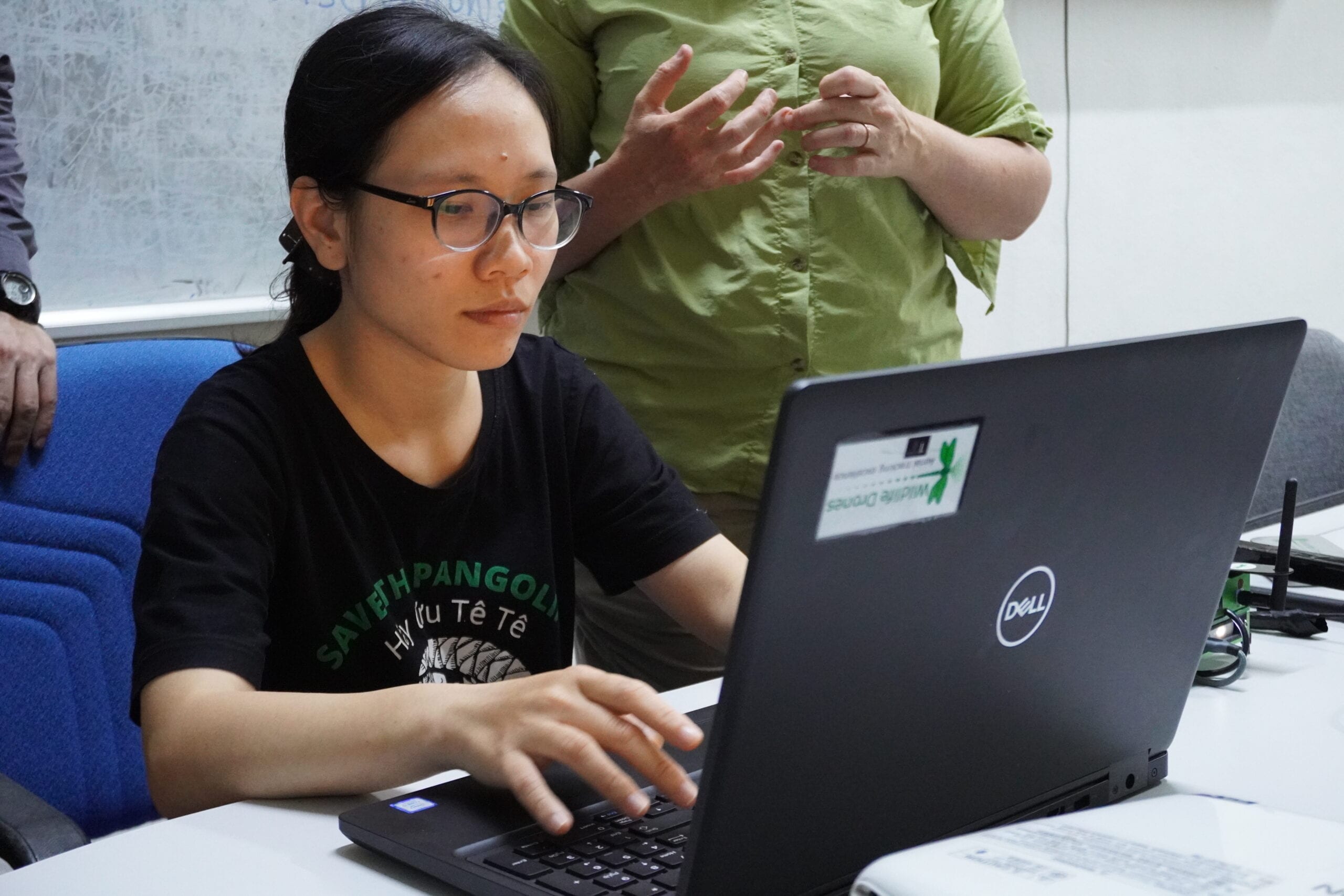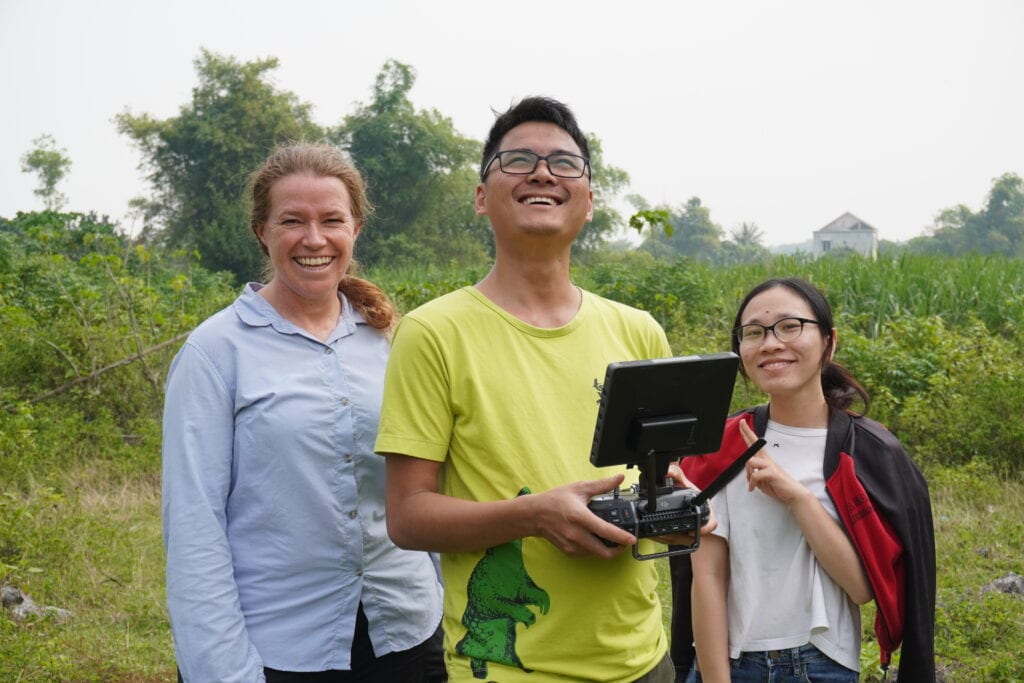
News
Catching up with Save Vietnam’s Wildlife
At Wildlife Drones, we work with people from all around the world who have dedicated their careers to wildlife conservation. One such person is conservationist, Huyen Nguyen. Huyen is a field researcher at Save Vietnam’s Wildlife and has been using Wildlife Drones to track pangolins.
To commemorate this year’s Threatened Species Day, we caught up with Huyen to see how their pangolin monitoring program was going.
Before using Wildlife Drones, what was it like manually radio-tracking pangolins?
Huyen: To date, we have conducted several pangolin monitoring projects with handheld radio-tracking equipment. These project have involved tracking released pangolins in the dense forests of South-East Asia. Handheld radio-tracking equipment has multiple disadvantages when used in the rugged terrain of Vietnam. It requires a great deal of human resources. This is mainly because we could only track one animal at a time. It would take us a lot of time and effort to track them all. Sometimes this increased our chances of losing some animals completely.
Since using Wildlife Drones, how many pangolins you have released and tracked with the drone?
Huyen: Since the end of 2019 to now, we have released and tracked 12 Sunda pangolins with drones.
Has using Wildlife Drones’ radio-tracking drone technology made tracking and researching pangolins easier or harder? How and why?
Huyen: Compared to using handheld radio-tracking equipment, Wildlife Drones has allowed us to track many animals at the same time. This has helped us save a lot of time and human resources in the field. Moreover, the results generated by Wildlife Drones are more accurate than handheld tracking. But since the drone needs a flat area to take–off and land, its use in super rugged areas have been limited. Living in a tropical country, frequent wet weather has also made it quite hard to use the drone daily.
Has using the drone enabled you to gain further insights into how the conservation of pangolins can be improved?
Huyen: By using drones, it has increased the quality of our work and has saved us time and human resources.
Earlier this year, the Chinese and Vietnamese governments announced that they would be banning the consumption and trade of wildlife, including the Pangolin. Do you believe this action will prevent pangolins from going extinct, or is there more work to be done?
Huyen: The participation of both governments in banning the wildlife consumption and trade is undoubtedly crucial in saving pangolins from extinction. It will reduce the demand for wildlife and hopefully reduce the hunting and poaching that happens in our forests. However, more education is required to change the public perception on wildlife consumption in Asia. For critically endangered animals like the Pangolin, it is important to have reintroduction programs in places where they are locally extinct.
Thanks Huyen for sharing your experience! It’s been a pleasure working with the team at Save Vietnam’s Wildlife over the past year and we hope that our system will continue to be an invaluable tool for improving the conservation of pangolins.
Author’s note: Responses have been edited for brevity.



